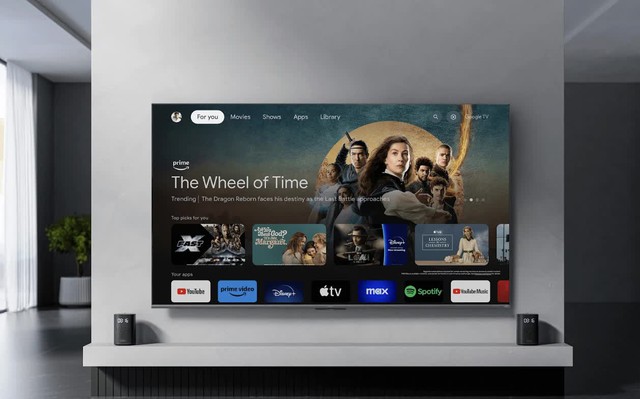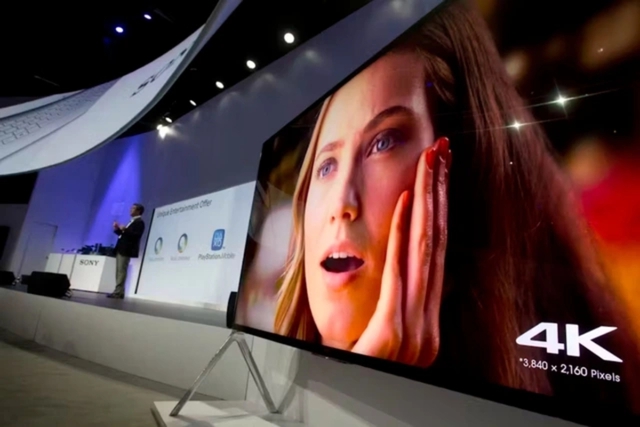In 2005, a 40-inch Sony LCD TV cost around $5,000. Today, you can buy a 55-inch 4K flat-screen Smart TV from a major brand for under $500. That’s a pretty amazing deal, especially when prices for other items like eggs, rent, and children’s toys are skyrocketing.

Choosing large screen TV models is much easier these days.
PHOTO: XIAOMI
What made the TV go from a luxury item to such an affordable and mainstream item? To understand, we need to look at the evolution of TV technology and the major technological, economic , and strategic changes that made modern TVs so accessible.
Technological progress
Before TVs became slim and light, they were bulky cubes that used cathode ray tube (CRT) technology. Not only was this technology heavy, it was also complex, limiting the size of the screen and increasing the cost of production. However, in the early 2000s, LCD and plasma screens replaced CRTs, allowing for thinner and lighter TVs. Although the first flat-panel TVs were expensive, manufacturers quickly found ways to reduce the cost, making them a mass-market product.
More efficient production
Advances in manufacturing processes also played a role. The use of large sheets of glass, known as mother glass, allowed multiple displays to be produced from a single sheet of glass, reducing the cost per unit.

TV production operations today are also much more efficient.
PHOTO: REUTERS
Automation and lean supply chains have helped increase manufacturing efficiency, especially in factories in China and South Korea. Design changes like slim bezels and lightweight frames have also helped reduce costs.
Competition in the market
As manufacturing costs have fallen, price wars have become more intense among manufacturers. New entrants like TCL and Hisense have challenged the industry’s big players by offering products at more affordable prices. Retailers have also had to adjust their prices to attract customers, sometimes even selling at a loss to increase traffic.
The data economy
The advent of Smart TVs has opened up a new revenue stream from user data. Manufacturers not only make money from selling TVs, but also from tracking user behavior and selling the information to advertisers. This has changed the profit model and made TVs cheaper.
Chinese TV company caught in scandal over user information tracking
TV upgrade trend
As TV prices have fallen, consumers have continued to upgrade to newer models with better technology. TVs have become a part of the lifestyle, and brands have cleverly driven the need to upgrade through clever promotions and marketing. The allure of owning a new TV has made consumers more willing to spend money on more modern products.
In short, the falling price of TVs is not only the result of technological advances and efficient manufacturing, but also a change in the way consumers think about and consume this product. TVs have become an indispensable part of every household, with prices becoming increasingly affordable.
Source: https://thanhnien.vn/vi-sao-gia-tv-ngay-cang-re-185250429112641567.htm























![[Photo] National Assembly Chairman attends the seminar "Building and operating an international financial center and recommendations for Vietnam"](https://vphoto.vietnam.vn/thumb/1200x675/vietnam/resource/IMAGE/2025/7/28/76393436936e457db31ec84433289f72)











































































Comment (0)